Table of Contents
- Why POS isn’t enough
- Core features small restaurants should look for
- Improve guest communication and experience
- Event and payment management
- Data and reporting: Make informed decisions
- Affordability and flexibility
- Support and ease of use
- Bonus features that add value
- Top restaurant systems to explore
- Real results: What restaurants gain
- Final thoughts: Find the right fit for your business
- Frequently Asked Questions
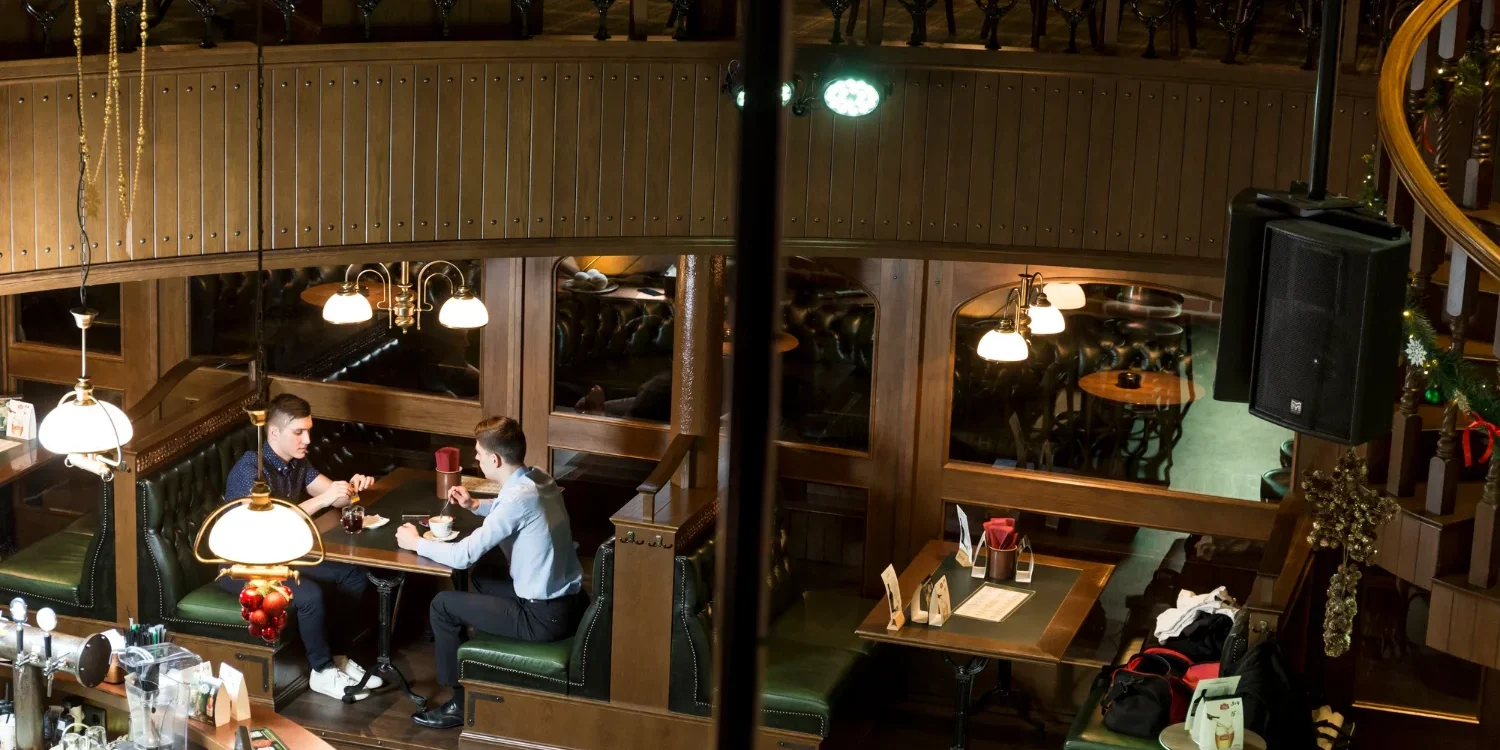
Running any restaurant is hard work. Running a small restaurant comes with its own unique set of challenges and opportunities. From managing reservations and seating to ensuring every guest receives a great experience, every square meter and staff hour counts. That’s why finding the bestrestaurant system for small restaurantsis about more than just a POS (Point of Sale) terminal. It’s about streamlining operations, increasing bookings and delivering the best customer experience that keeps guests coming back.
Whether you’re operating a cosy bistro, a bustling neighbourhood café, or a small fine-dining restaurant, the right technology can help you do more with less. In this guide, we will notbe focusing on the best POS system, we’ll instead be looking at what features you really need to run your small business.
While POS systems are essential for processing payments and managing orders, they’re only one piece of the operational puzzle. Small restaurants benefit most from an integrated system that helps manage reservations, reduce no-shows, maximize table usage, and streamline customer communication.
Here’s what you should really be looking for.
1. Why POS isn’t enough
Most restaurant owners start by investing in a POS system for payment processing, printing of receipts, inventory management, and help with taking orders. While POS tools are essential for payment and order processing, they’re just one piece of the puzzle.
For small restaurants, where margins are tight and space is limited, you need tools with excellent customer support that help you:
Maximise table occupancy
Accept bookings 24/7
Prevent no-shows
Streamline communications
Capture guest data
Take deposits or card blocks on reservations
A POS won’t solve those problems. That’s where anintegrated restaurant management systemcomes in.
2. Core features that small restaurants should look for
Let’s break down the key features that matter most for small restaurant owners and how they can help with your restaurant operations.
Online reservations, anytime
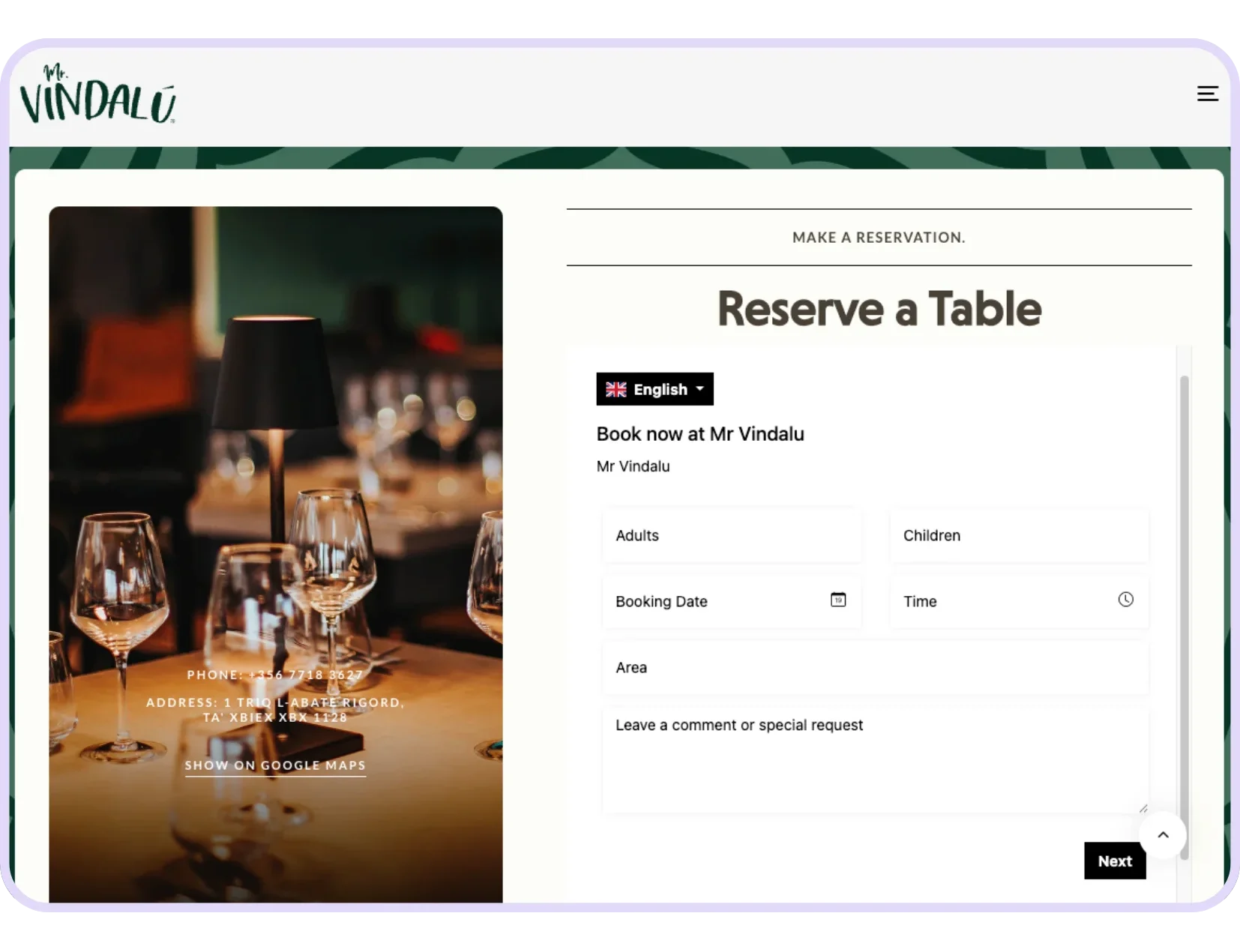
Guests expect convenience. They want to book a table quickly on their phone, late at night, or via social media. If you’re not offering online reservations, you’re likely missing out. The dining experience starts from the time they want to book.
A modern reservation system should allow:
Customisable booking forms embedded on your website
Google Search and Google Maps integration
Facebook or Instagram booking links
Instant booking confirmations via SMS or email
Offering 24/7 booking means you can fill your tables even when your doors are closed.
Visual table management and floor plans
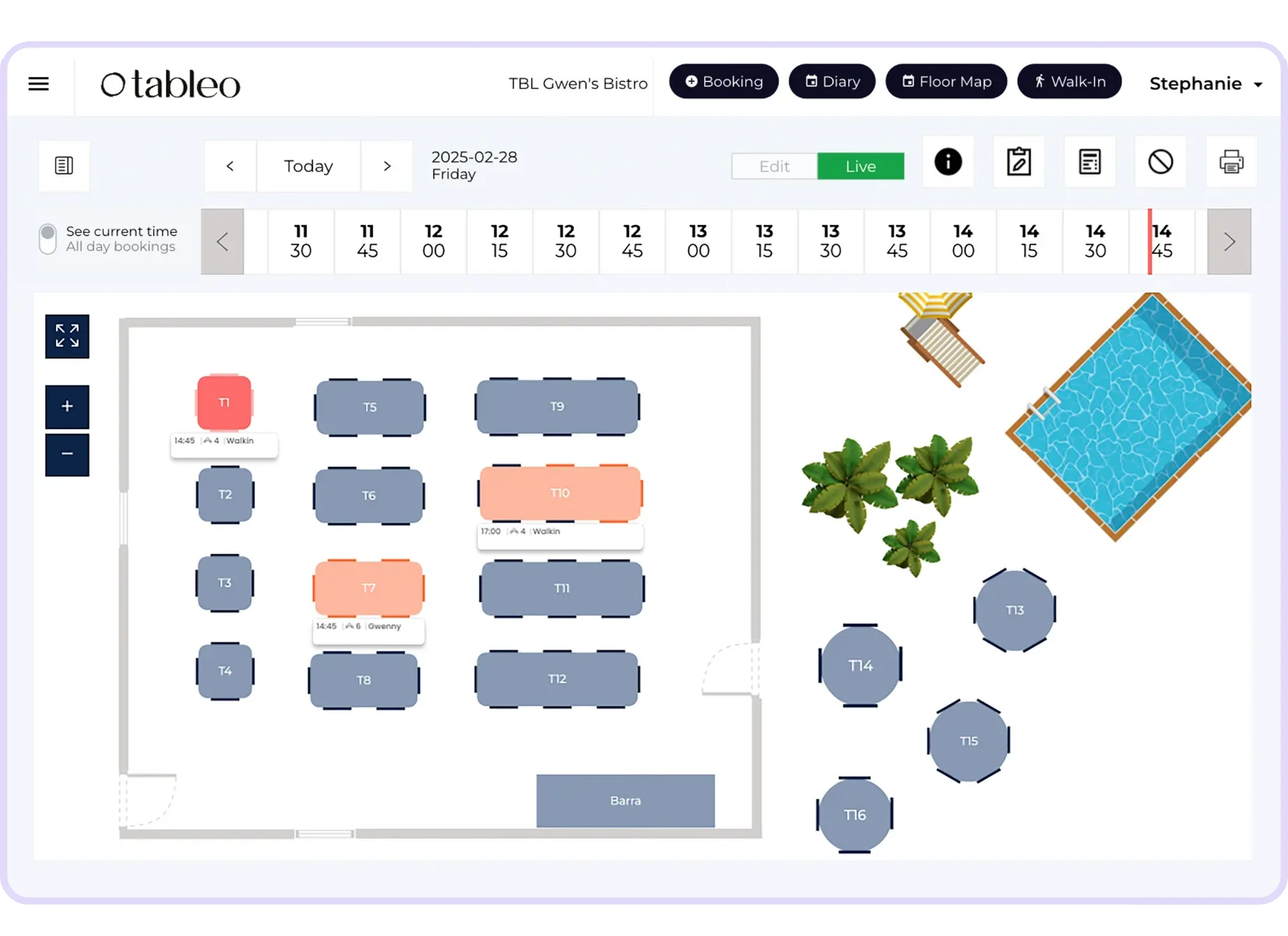
Managing table assignments is a juggling act, especially in smaller spaces. During busy hours, even one mix-up can disrupt your service.
A
restaurant system with a floor planview lets you:See the table availability at a glance
Group or combine tables for larger parties
Avoid overbookings or overlaps
Improve seat turnover rates through intelligent allocation
Smart
table management toolscan increase your revenue by ensuring every seat is used efficiently.No-show protection and deposits
One no-show might not seem like a big deal for larger restaurants, but for a 10-table restaurant, it could represent 10% of your night’s earnings. Consistent no-shows add up quickly.
Look for solutions designed for restaurants that include:
Credit card holds or deposits at booking
Automatic reminders via SMS or email
Guest confirmation tools
Blacklist functionality for serial offenders
When guests have some financial commitment, they’re far more likely to show up or cancel in time for you to fill the table.
3. Improve guest communication and experience
Reduce interruptions with automated messaging
If your phone is constantly ringing, it’s time to rethink your workflow. The best systems for restaurants in 2025 include automated messaging tools that:
Confirm bookings instantly
Reconfirm reservations
Remind guests on the day of the booking by email or SMS
Provide directions or special instructions
This saves time for your team and creates a smoother guest experience.
Use AI to handle guest inquiries
Some modern systems now integrate with
AI chat assistants for restaurantsto manage customer inquiries through Messenger or WhatsApp. These bots can:Answer common questions (opening hours, menu items, etc.)
Modify or cancel reservations
Recommend availability
This gives guests a direct line to your restaurant, without needing to tie up your staff.
Multi-language support
If your restaurant is in a tourist-friendly location, you’ll want a booking system that supports multiple languages for:
Online forms
Confirmation emails
Automated messages
Language barriers should never stop a potential guest from reserving a table.
4. Event and payment management
If you host wine tastings, private dining events, or themed nights, you know how much of a headache payment tracking can be.
The best solutions for small restaurants include:
Integrated online payments
Deposit tracking and event ticketing
Guest status filtering (e.g. “paid,” “pending”)
You’ll never again have to chase payments manually or guess who’s confirmed.
5. Data and reporting: Make informed decisions
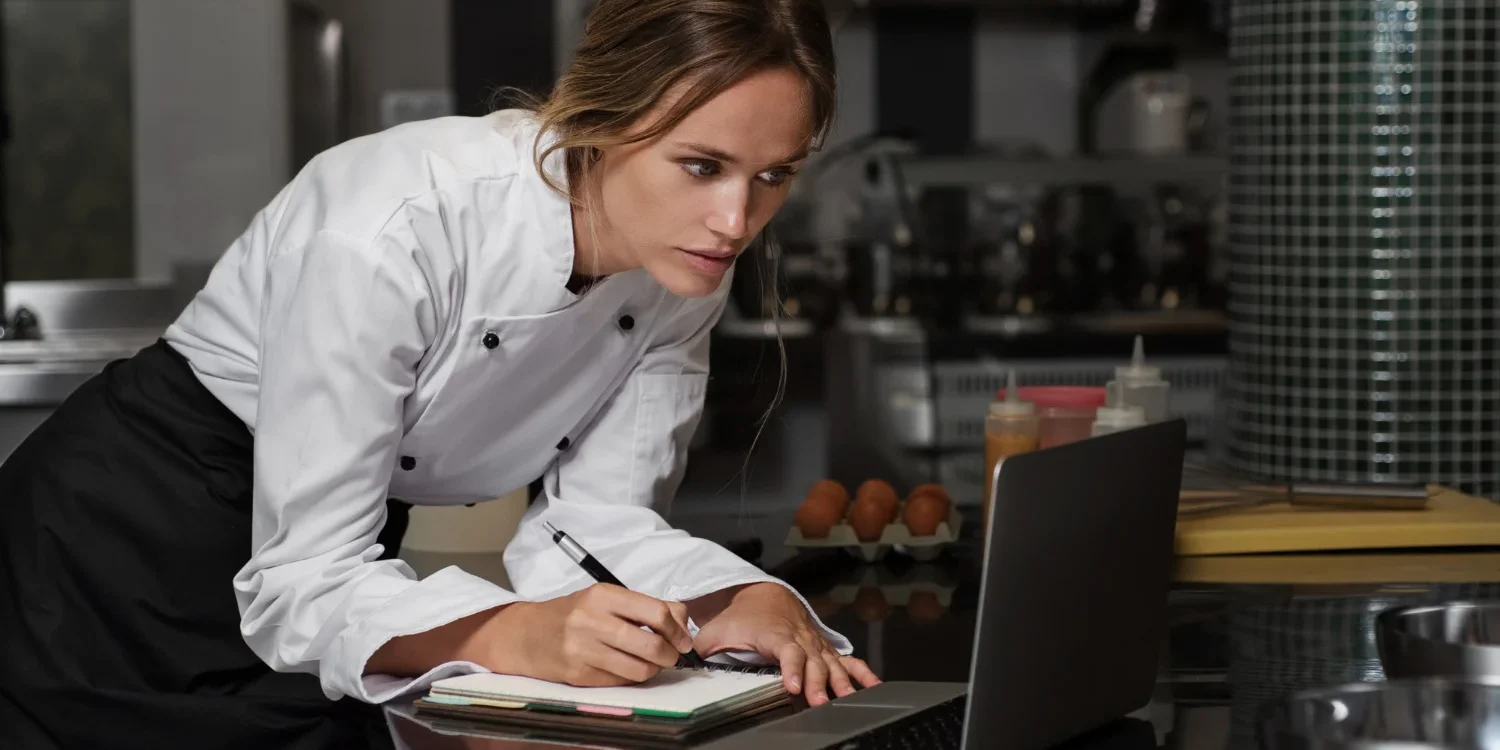
Even small restaurants can benefit from insights into guest behaviour and operational trends. With the right system, you can track:
Booking patterns (busy days, slow periods)
Guest preferences and order history
Repeat visits and VIPs
Table usage and turnover
Use this data to adjust staffing, plan promotions, and optimize floor layouts. Simple reports can uncover trends that help you grow smarter, not harder.
6. Affordability and flexibility
Small restaurants don’t have large budgets and every euro or dollar saved matters. That’s why it’s important to choose a system with:
Transparent pricing (avoid systems with commission fees per booking)
Flexible plans based on the number of covers, not fixed contracts
A free version or trial so you can test it first
Scalable options as your business grows
Many reservation platforms now offer starter plans with essential tools and the option to unlock more advanced features later. Tableo offers a completely
free versionwith no time limits for up to 100 covers monthly.7. Support and ease of use

You don’t have time to deal with buggy interfaces or software and hardware that require complicated training. Look for management software that is:
User-friendly for both you and your team
Cloud-based, so you can access it anywhere
Backed by real support, not just FAQs
Some tools, like Tableo, even assign a dedicated success manager or onboarding specialist to help small restaurants get up and running with minimal hassle.
8. Bonus features that add value
Some extras that can make a big difference in day-to-day operations:
Gift voucher systems to sell online
Review collection tools post-visit
Integration with marketing tools or email platforms
Waitlist and walk-in management to fill last-minute gaps
While not essential, these add-ons can help boost your revenue and guest retention.
Top restaurant systems to explore
Here are a few platforms known for supporting small restaurants:
System | Focus Area | Highlights |
Resy | Reservations + Guest CRM | Strong UX, good for upscale small venues |
Tableo | All-in-one reservations + payments | Deposits, floor plans, AI messaging assistant |
OpenTable | Wide exposure + POS integrations | Good reach, but more costly |
GloriaFood | Online ordering + reservations | Free tools, great for takeaway spots |
Choose based on your priorities, whether it’s price, simplicity, support, or exposure.
Real results: What restaurants gain
When you use a system that suits your needs, you’ll quickly notice:
Fewer no-shows
Higher booking volumes
Less staff burnout
More accurate forecasts
Better guest reviews
And perhaps most importantly, more time to focus on your food, your guests, and your passion for hospitality.
Final thoughts: Find the right fit for your business
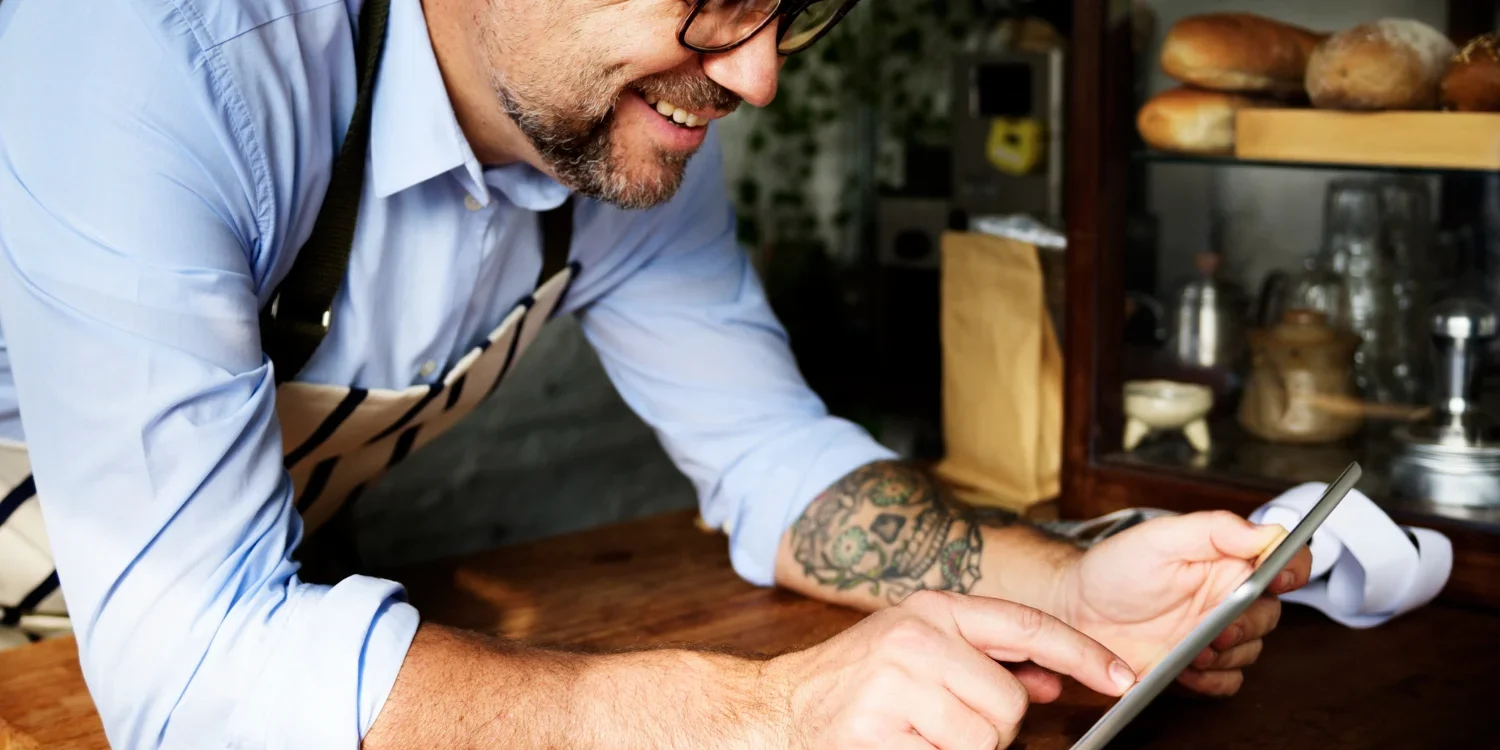
The best restaurant system for small restaurants is one that simplifies your life, not complicates it. Look for a platform that doesn’t just handle transactions but helps you manage space, secure bookings, communicate effectively, and grow sustainably.
While a restaurant POS is vital, a full-featured restaurant reservation and management system is what really gives small restaurants a competitive edge in 2025 and beyond.
If you’re ready to test out a system built with small restaurants in mind, Tableo offers a free trial and affordable plans tailored to your business needs.
Choose smart. Work less. Serve more.
Frequently Asked Questions
Yes. While restaurant POS systems handle payments and orders, they don’t manage bookings, no-shows, table allocation, or guest communication. Small restaurants benefit from all-in-one systems that combine epos with reservations, table management, and automated messaging.
Look for software with floor plan views, smart table grouping, and customizable booking limits. Tableo is a strong option. It helps maximize space usage with visual table management and no-show protection features.
Yes. Many modern systems (including Tableo and Resy) allow you to secure bookings with card holds or deposits. This helps reduce no-shows and ensures better planning and revenue protection.
The best systems send automated reminders via SMS or email, require deposits or card details, and allow you to flag repeat no-show guests. These features significantly reduce last-minute cancellations.
Systems like Tableo offer booking widgets and direct links that can be embedded in your bio or connected to social media buttons. Guests can reserve a table without leaving the app.
Tableo offers a completely free plan for up to 100 covers per month, including core features like online reservations, table management, Google Maps integration, and automated reminders.
Yes. AI assistants can reply to booking requests, handle modifications, and answer questions automatically via Messenger, WhatsApp, or your website, saving staff time and improving response speed.
Automated confirmations, clear directions, multi-language support, and personalised reminders all contribute to a smoother and more professional customer experience, leading to better reviews and repeat visits.
Most modern tools are user-friendly and come with onboarding help. Look for cloud-based software with drag-and-drop interfaces, live chat support, and video tutorials. Tableo, for instance, assigns onboarding specialists to assist new users.
Useful reports include booking trends, no-show rates, guest history, table turnover times, and payment tracking for events. These insights help you plan smarter and grow your business with data.
Ready to take your restaurant to the next level?
Get started with Tableo today and experience seamless management for restaurants of all sizes.
Free Version – Free Setup – Free Training – Free Support


Stephanie Bugeja
Tableo’s design-savvy Marketing Executive, Stephanie blends UX expertise with creative flair. Lover of clean layouts and cornetti in Rome.

Stephanie Bugeja
Tableo’s design-savvy Marketing Executive, Stephanie blends UX expertise with creative flair. Lover of clean layouts and cornetti in Rome.









